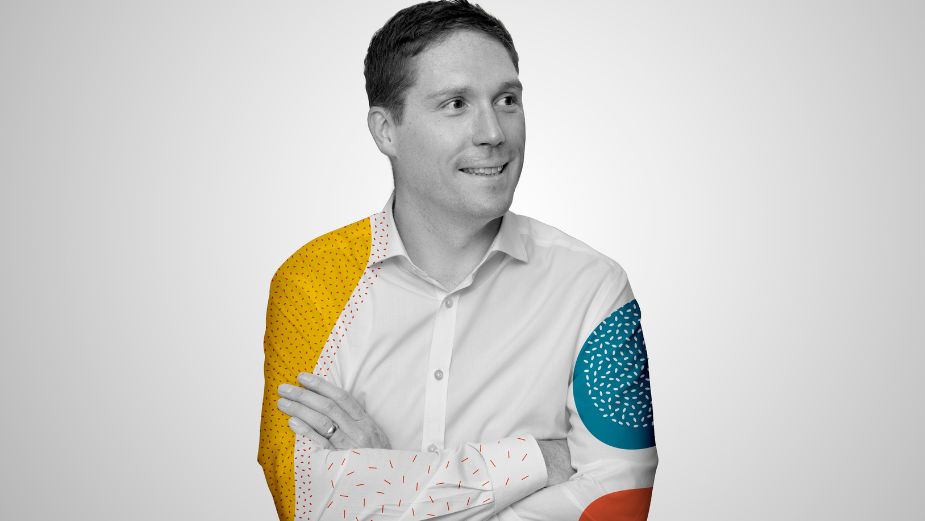
The Declining Quality of Products Is a Feature, Not a Bug

Have you noticed the quality of the things you buy deteriorate over the last five, ten, or twenty years? Maybe you still have a favourite t-shirt from decades ago which (regardless of its fit today) still looks pretty good after several washes. Or you might have a Nokia 3310 gathering dust somewhere in a dark corner, ready to be charged and to function the same way it did on its first release.
The t-shirt you’re wearing right now and the phone next to you, however, can’t boast the same qualities.
“Products over time have reduced in robustness in terms of materials. They’ve got thinner, the construction is cheaper, and we’ve seen a general move from metal to plastic,” says Alex Hicks, global compliance and sustainability director at Tag. “It started back in the noughties and from that point onwards there was a really big shift away from products that could be repaired, to ones that have to be thrown away.”
“The phone in your pocket is maybe a year old, two at most. The same goes for white goods; they don’t last as long as they used to and people replace them much more often, throwing out old models instead of trying to repair them,” he adds.
Men’s clothes are another interesting sector to consider. While women’s clothing has for much longer been trend-led and therefore designed to be more disposable, men’s tended to last longer. Now, Alex noticed, “synthetic materials replacing natural ones in men’s fashion, everything feeling thinner and falling apart after only a couple of washes, lasting a few months at most. I still have clothes from when I was in my 20’s while the things I buy now need replacing much faster.”
Replace / repair
A culture of replacement is driving this shift, spurred on by brands and consumers alike. On the one hand, replacement culture drives revenue so brands engage in it and encourage consumers as well. “If you can sell a new product every year, you’re going to do it because it’s profitable. On the consumer side, people want to be seen to have the latest products,” Alex adds. So the cycle continues. But the cycle of ‘desire-purchase-use-desire-disposal-purchase’ (or something akin to that) is only part of the surface problem. Quality is the other.
The aforementioned Nokia 3310 has none of the capabilities of the modern smartphone, but it can still fulfil its function, decades after release. Give your current smartphone a couple of years and you’ll start to notice a deterioration in quality like faster loss of battery power to start, followed by an inability to update the software, rendering your device insecure to keep using (as it probably holds a lot of personal and financial information) even while it’s still function well.
That’s of course the well-known phenomenon of planned obsolescence, the practice of designing products that will knowingly break or fail in the short to mid-term. “When I was growing up, you repaired everything. Now, products are designed so that they’re impossible to get into without specialist tools,” Alex adds. This means that even people skilled in repair will encounter a significant hurdle when trying to fix what can be a minor yet life-extending issue.
With a turn to ‘smart’ technology, more and more white goods are designed to be internet-connected, from fridges and dishwashers to coffee makers and toasters. For some, this is what the future is all about - getting a coffee machine to make a fresh cup with the touch of a screen while still in bed. For others, it’s another sign that longevity is not the main priority when it comes to the design of new appliances. The need for constant software updates (for functionality and security) mean that the hardware will become obsolete much faster, like a sat-nav in Alex’s car that “had a nice screen but became unusable really fast because the software stopped getting supported.”
Green or greenwashed?
Alex also draws attention that using lower quality materials is likewise part of planned obsolescence, leading to faster wear, tear, and breakage. Sometimes that even looks like the use of recycled materials in certain products. Alex is a keen tennis player and he recently noticed that his trusted brand of tennis shoes has started using a high percentage of recycled materials in its trainers. Great, right? “I’m now replacing my trainers far more frequently than before, they’re wearing down much faster and then going to landfill since you can’t recycle shoes with holes in them,” he says.
The trainers demonstrate why sustainability is such a tricky issue to get right. Having a high amount of recycled materials in a trainer is good on the surface and certainly benefits the brand’s green credentials; the subsequent fact that the trainers need to be replaced more often is also beneficial to the brand as it means more sales. For consumers, it translates to an increased cost and for the earth, more landfill. Consumers, then, need to start thinking harder about what sustainability really means so they’re not duped by ‘green’ practices that are more akin to greenwashing.
Where does the responsibility lie? Alex believes that it’s somewhere between “consumers and legislation” as brands need to be steered in the right direction and away from pure profit motivation. He would like to see more consumers consider their shopping habits, evaluating whether a need is actually a desire created by marketers. Making items more friendly to user repair is another solution, which would involve brands ensuring that items can be disassembled easily and whenever the situation calls for it. This would create a culture of reuse and repair among consumers, helping them save money (as DIY is cheaper than turning to professionals) and reducing landfill waste in the process.
On the legislative side, Alex believes that a thoughtful approach is needed to balance influencing brands in a better, greener direction without infringing on people’s personal choices. “I have also seen how environmental controls can have a negative financial effect on those in society who have the least income first, which of course isn’t fair as lower earners already deal with a lot of stress when it comes to purchasing decisions” he adds.
“We need a bit of cultural adjustment. Consumers have the power to drive demand for really sustainable and reusable products. We should also be teaching people how to repair things and empowering them to make the most use out of the things they own.”















